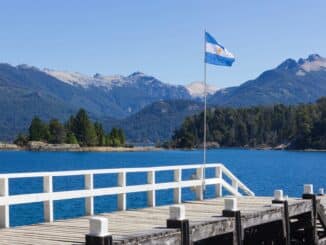
How to Get Travel Insurance Claims Settled
Travel Insurance Claims Most people don’t really read their travel insurance policy until they need to make a claim on it, and then it can often present one or two nasty surprises. People get very […]

Travel Insurance Claims Most people don’t really read their travel insurance policy until they need to make a claim on it, and then it can often present one or two nasty surprises. People get very […]

Travel Insurance and High Blood Pressure Travel insurance for individuals with high blood pressure is available and can be obtained with a bit of research and careful planning. When applying for travel insurance, it’s important […]

Travel Insurance for Argentina Travel Insurance is always recommended for countries such as Argentina, but is not in any way mandatory. Travel insurance can provide coverage for various unexpected events, such as medical emergencies, trip […]

Family Travel Insurance Family travel insurance is typically a normal travel insurance policy that has been extended to include members of a family. This is usually teenagers, younger children or babies, although it can include […]

Cancellation Travel Insurance Cancellation travel insurance is normally a part of most standard travel insurance policies that provides cover when a trip needs to be cancelled or interrupted due to unforeseen circumstances. This type of […]
Copyright © 2024 | MH Magazine WordPress Theme by MH Themes